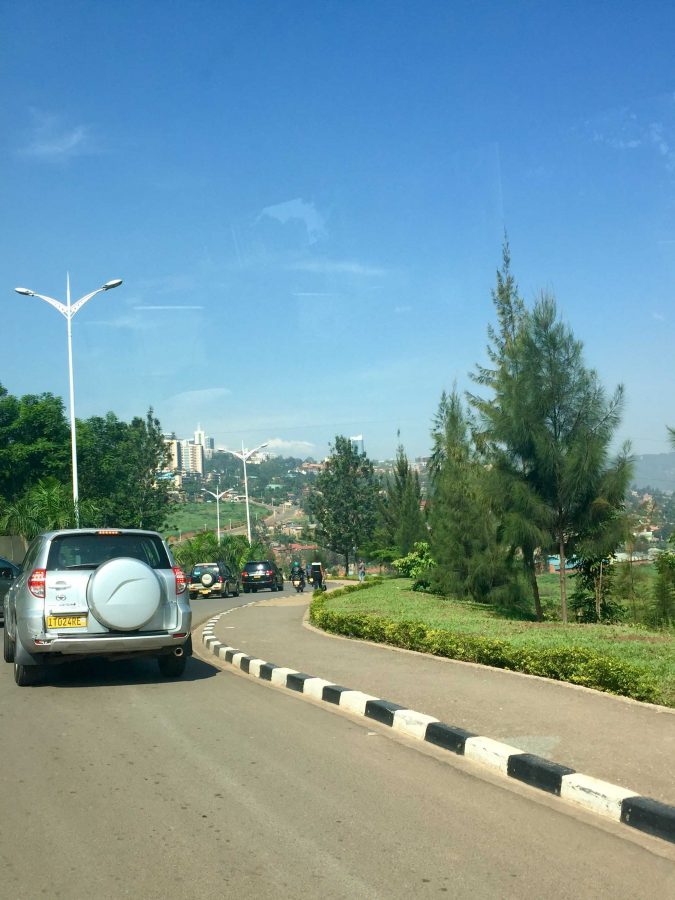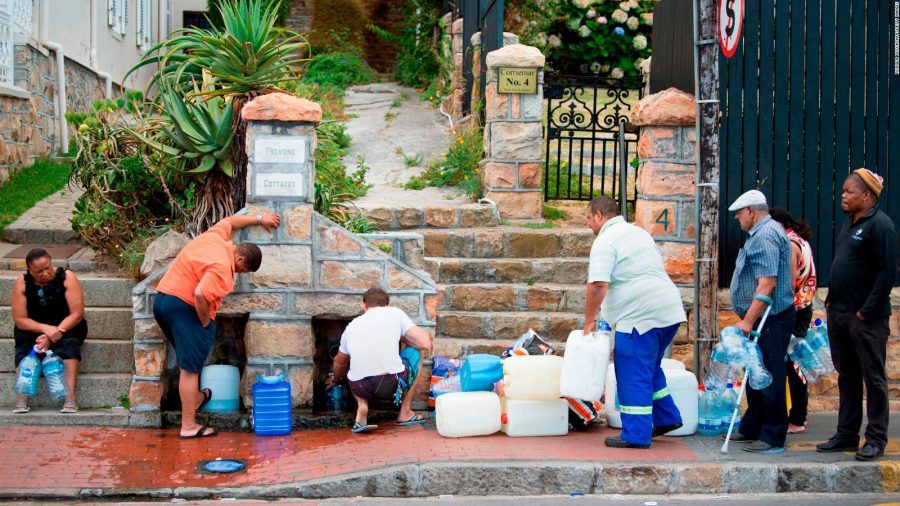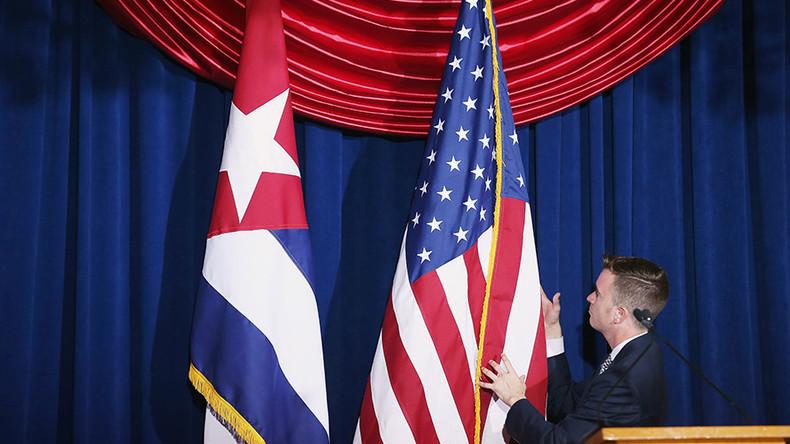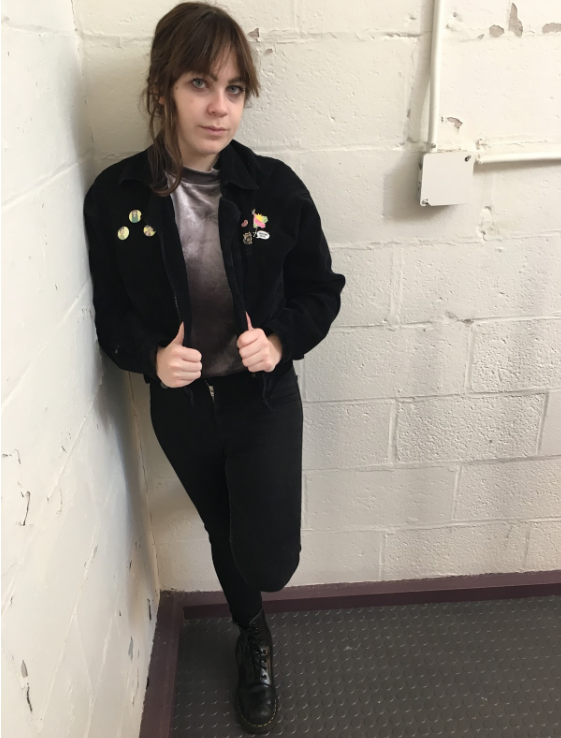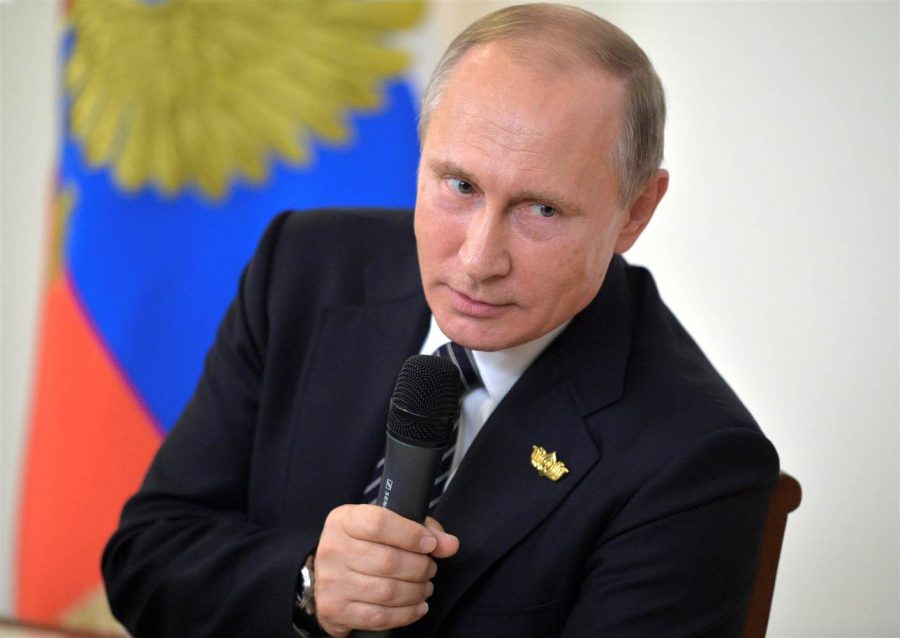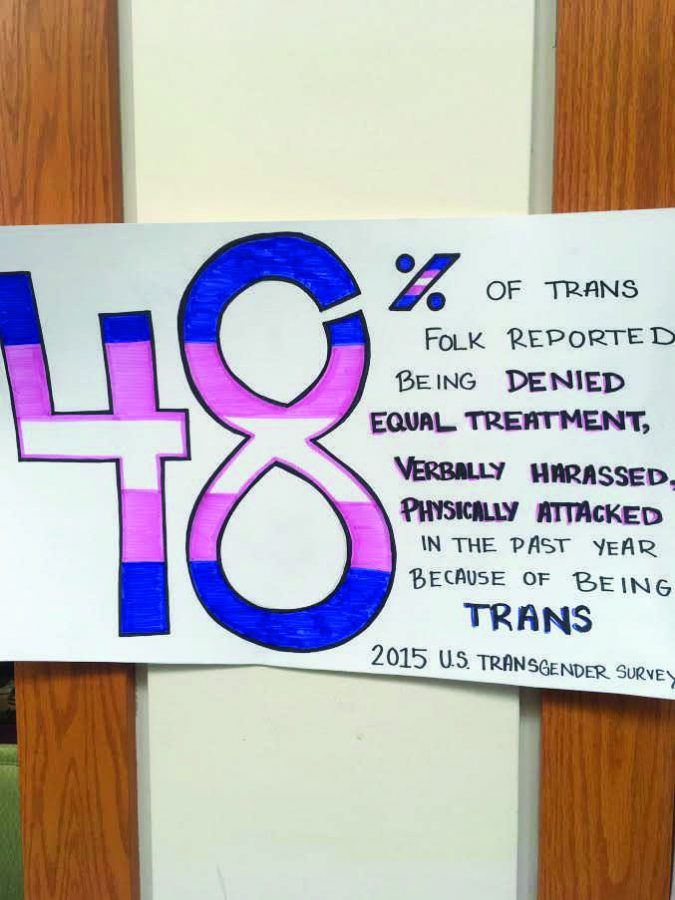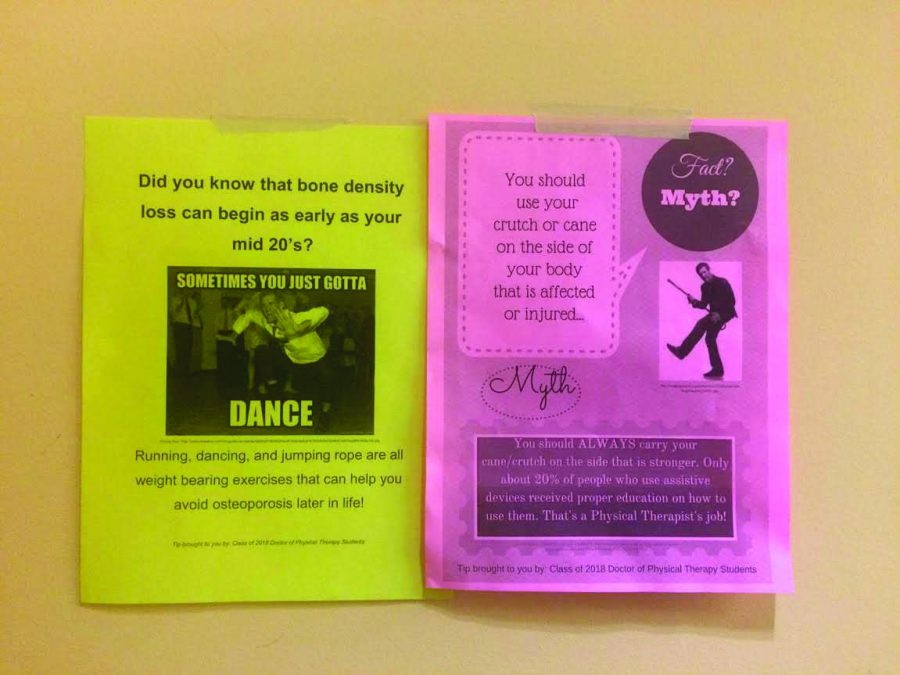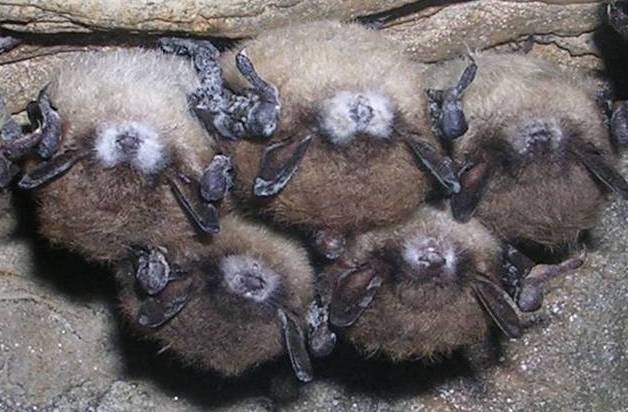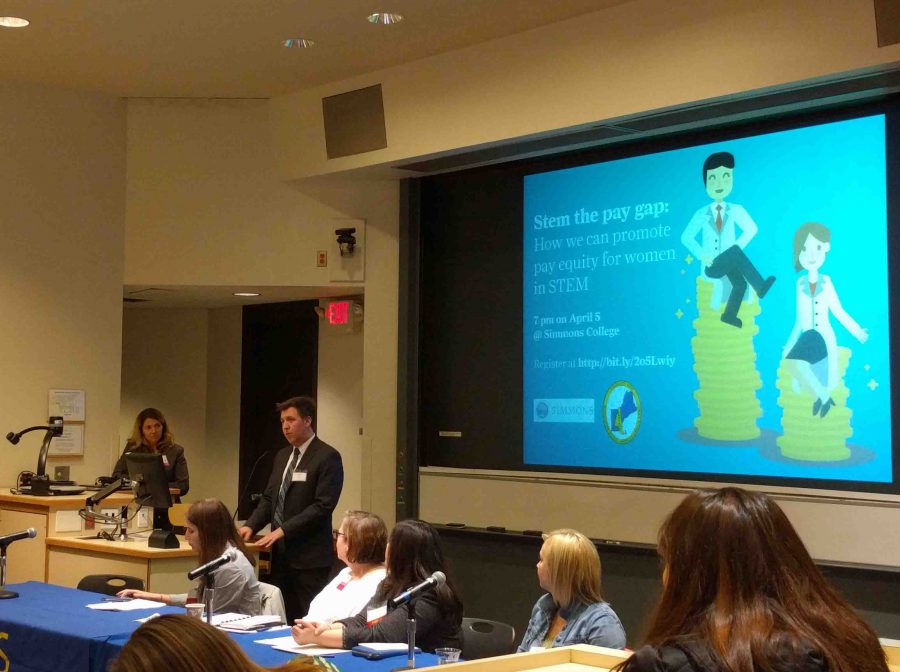By Lindsey Stokes
Staff Writer

Wiriwe from Kigali, Rwanda!
This semester, along with 23 other students from allover the U.S., I am studying post-genocide restoration and peacebuilding through the School of International Training.
I arrived in Kigali, Rwanda’s capital, on 24 January and after one week of orientation I moved in with my host family. I have two loving parents, one sister and two brothers. My father works as a prosecutor and my mother is an IT professor at a local university.
From the moment I stepped through the door they have treated me as one of their own. We laugh together over the antics of my brothers and have deeply intellectual conversations about regional politics and global issues. They have even assigned me my very own Rwandan name, “Tayta,” which means a child you love so much you wish to spoil endlessly.
Unfortunately, my time with my host family is drawing to a close as I move into the independent study portion of the program. I will be living in a home with eight other students in the Kimironko sector of Kigali for the month of April, during which time I will conduct research on the state of free press in post-genocide Rwanda.
This program has challenged me in every way possible. During my first full week, I had the opportunity to travel to three different genocide memorials. Before I describe the experience of going to a memorial, let me first relate some facts about the genocide against the Tutsi.
In one hundred days from April to July 1994 over 1 million people, primarily from Rwanda’s minority Tutsi population were brutally murdered by government-sponsored militias. Political elites in the majority-Hutu-dominated government had been planning the genocide for months before it was carried out. As early as January 1994, officials in Rwanda issued warnings to members of various international organizations that genocide was being planned. These warnings were ignored, and on April 7, 1994, killings began. Hutus who did not support the killing, people who were deemed by the killers to look like Tutsis, journalists, and political rivals of the regime were also targeted.
These mass murders were not sophisticated and often involved the use of anything that was handy- a machete, hammer, brick, rock, or in the case of young children, repeatedly throwing them against a wall. Women were raped en masse, and, as a result, many who survived contracted HIV or became pregnant.
The genocide was brutal and the killers were incredibly efficient. By the time the genocide ended in July, when the Rwanda Patriotic Front (RPF), a majority-Tutsi lead rebel group, took Kigali, bodies were everywhere.
Considering the brutality of the genocide and the lack of response by international actors, genocide memorials are different than what you would expect. Many are former massacre sites that display the bones of victims.
At the Ntarama memorial in an underground bunker, skulls are lined up on rusty metal shelves facing a narrow path no more than one foot wide. Visitors are close enough to these skulls to see how each victim died. The silence in this bunker is deafening. You are alone with these victims.
Though the primary focus of this program is post-genocide restoration, it is vital to understand from where Rwanda has come to understand where it is going. I have had the opportunity to discuss current policies and attempts at reconciliation in Rwanda with local experts, including a representative from the office of President Paul Kagame.
Most recently I spent my “spring break” in northern Uganda, about 45 minutes from the border of South Sudan, in a town called Gulu, or “heaven,” studying the insurgency of the Lord’s Resistance Army in the early 2000s. I met with local NGOs, professors, and even the mayor of Gulu! The program directors made time for my group to take a game drive in Murchinson National Park and take a cruise on the Nile. It was incredible to watch elephants, hippos, crocodiles, and various monkeys behave in their natural habitat.
At the camp we stayed at inside the park, the staff informed my group that the camp did not have a fence and we should be on the lookout for Nigel, a hippo that has taken to grazing in the area. We indeed met Nigel wandering the grounds munching on grass, though understandably we respected his space and stood about 50 feet away. He kindly kept munching as we snapped numerous pictures.
Rwanda and Uganda have forever changed me. The people I have met, the stories I have heard, and the things I have seen humble me. In the brief time I have been here I have found a family, made lifelong friends, become an advocate for change, and figured out the transportation system— no small task, I assure you. I will never forget this place and I look forward to the remaining six weeks of the semester!



